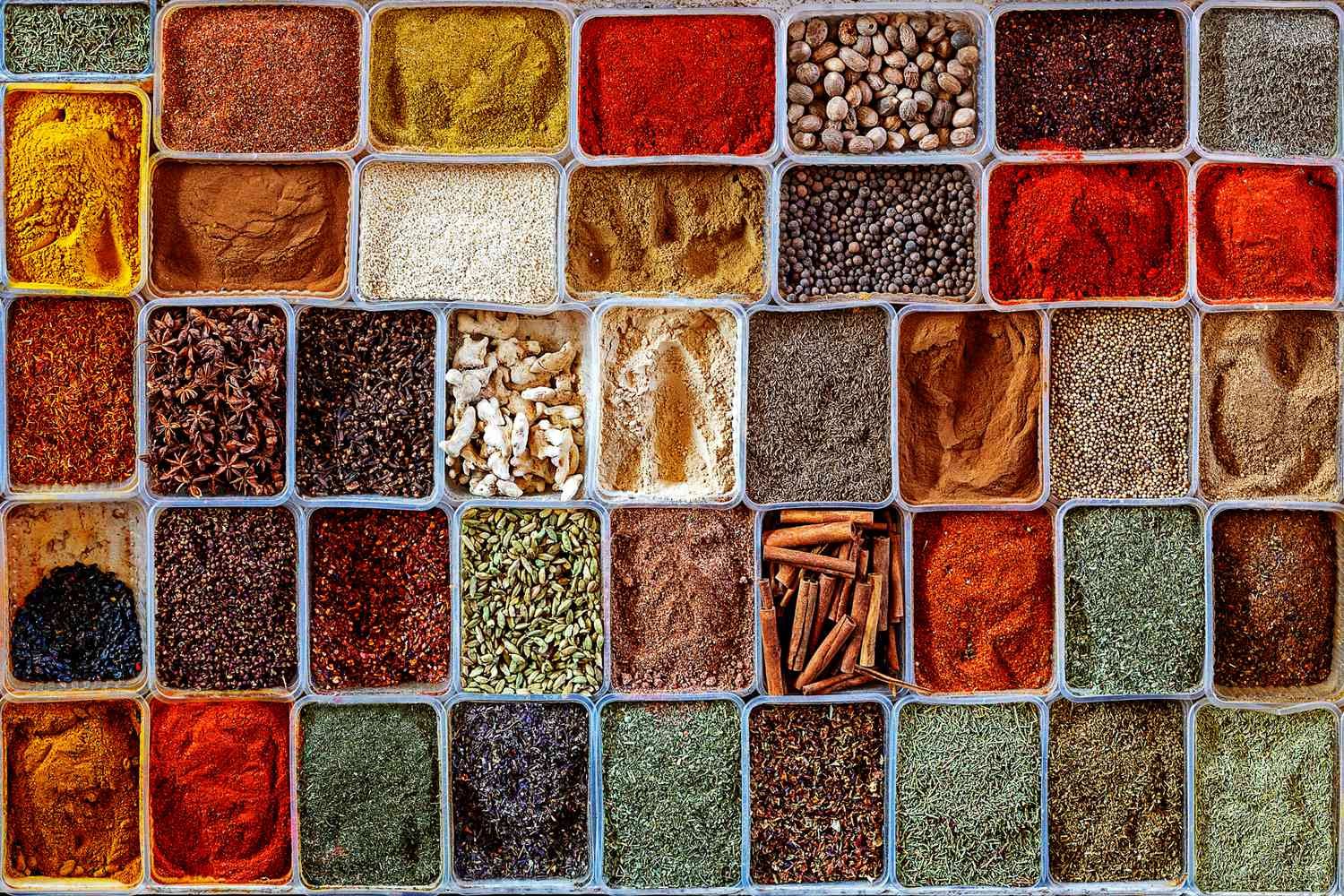A well-organized kitchen can make all the difference between a stress-free cooking experience and a chaotic, frustrating one. Whether you’re cooking a quick weeknight dinner or preparing a multi-course meal, having an organized kitchen makes the process smoother, faster, and more enjoyable. The key to a functional kitchen is not just about storage space but also how you use it to streamline your cooking and cleaning routine. Here’s how to organize your kitchen for maximum efficiency.
1. Declutter and Simplify
The first step in organizing your kitchen is decluttering. A cluttered kitchen can make cooking feel like an overwhelming task, so start by removing anything that doesn’t serve a purpose. Go through your drawers, cabinets, and countertops, and get rid of items you don’t use or need. Be ruthless—only keep tools and gadgets that add value to your cooking routine.
- Tip: If you haven’t used an item in the last six months, it’s time to let it go. This will free up valuable space and help you focus on the essentials.
2. Optimize Your Kitchen Layout
The layout of your kitchen plays a huge role in its efficiency. The most efficient kitchens are designed around the “kitchen work triangle,” which involves the three main work areas: the sink, stove, and refrigerator. Keeping these areas close together minimizes unnecessary steps and saves time during meal preparation. The work triangle helps to reduce the amount of walking or reaching while cooking, so keep these zones in mind when organizing your space.
- Tip: If you have a smaller kitchen, consider using vertical space with shelves or wall-mounted storage to keep counters clear and maintain an open, efficient layout.
3. Organize Your Cabinets and Drawers
Proper organization of your cabinets and drawers can make cooking and cleaning easier. Group similar items together so you know exactly where to find them when you need them. For example, store all your baking supplies in one area, all your pots and pans in another, and keep utensils close to the stove. Invest in dividers, pull-out shelves, or drawer inserts to keep everything in its place.
- Tip: Store frequently-used items at eye level or within easy reach to minimize the effort needed to access them. Less-used items can be stored higher up or in less accessible areas.
4. Use Clear Containers for Food Storage
One of the simplest ways to increase kitchen efficiency is by organizing your pantry and fridge with clear containers. Labeling containers not only helps with storage but also makes it easier to see what you have on hand. You won’t have to dig through your pantry to find ingredients, and it will be easier to track what needs to be used up before expiration.
- Tip: Invest in stackable containers for cereals, grains, nuts, and dried fruits, and use airtight containers for perishable goods. This will help keep your pantry neat, organized, and free from pests.
5. Maximize Counter Space
Your kitchen counters are valuable real estate—make sure you’re using them effectively. Avoid overcrowding counters with unnecessary appliances, tools, or gadgets. Only keep what you use regularly, such as a coffee maker, toaster, or blender. Other items can be stored in cabinets or drawers to keep the workspace clean and uncluttered.

- Tip: Use wall-mounted racks, hooks, or shelves to store items like knives, utensils, or pots, freeing up counter space for food prep and cooking.
6. Store Tools and Gadgets Efficiently
Your kitchen gadgets and tools should be easy to access but not in the way. A cluttered drawer of utensils or a messy cabinet filled with rarely-used appliances can slow you down when cooking. Invest in drawer organizers to separate tools, and consider using pull-out or pull-down cabinets to store larger items like mixers or blenders.
- Tip: If you’re short on space, try multi-functional tools that serve more than one purpose, such as a food processor that can chop, shred, and slice.
7. Create Zones for Different Tasks
Organizing your kitchen into specific zones for different tasks can help you work more efficiently. You can create a prep station, a cooking zone, a cleaning area, and a storage section. For example, keep your cutting boards, knives, and mixing bowls in the prep station, and store your pots, pans, and spatulas near the stove for easy access. This minimizes movement and makes meal prep more organized.
- Tip: Assign a specific area for your most-used ingredients like oils, spices, and seasonings so they are easily accessible when cooking.
8. Invest in Smart Storage Solutions
Smart storage solutions are key to maximizing space in a smaller kitchen. Use pull-out pantry shelves, corner cabinet organizers, or over-the-door storage racks to store kitchen tools and supplies. Invest in drawer organizers and shelf dividers to keep everything neat and accessible. Stackable containers and modular shelving can help you make the most of every inch of available space.
- Tip: Use under-counter space and the backs of cabinet doors for extra storage. Hang a small rack for cleaning supplies or spices behind cabinet doors for easy access.
9. Keep a Clean and Organized Fridge
Your fridge should be as organized as your cabinets and pantry. Keep perishable items front and center for easy access and rotate food to prevent waste. Use clear bins to organize items like produce, dairy, and meats. Regularly check for expired items and give your fridge a quick clean-out every couple of weeks to maintain organization.
- Tip: Store leftovers in clear containers with labels, so you know what’s inside and when it needs to be eaten.
10. Label Everything
Labeling is a small step that can make a big difference in your kitchen’s organization. Label containers in your pantry, fridge, and spice rack to make finding ingredients faster. Labeling also helps when you’re meal planning or organizing leftovers, making it easier to track what you have and when it needs to be used.
- Tip: Use a label maker or waterproof tape and a marker to keep your labels neat and easy to read.
Conclusion
An organized kitchen is a functional kitchen, and maximizing your space for efficiency can save you time, reduce stress, and make cooking more enjoyable. By decluttering, organizing your storage, and creating efficient zones, you can turn your kitchen into a smooth-running space where meal prep becomes a breeze. Whether you have a large or small kitchen, these strategies will help you work smarter, not harder, and keep your cooking area tidy and efficient. Happy cooking!











